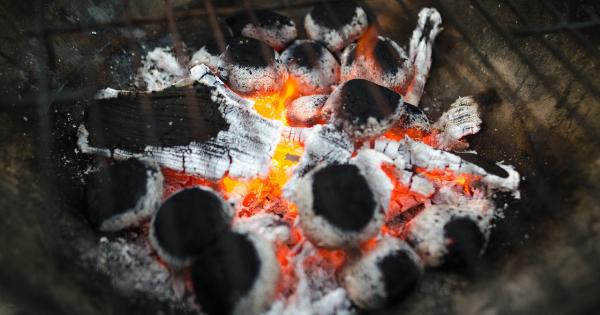Iron is an essential mineral that is critical for many bodily functions, including the transport of oxygen throughout the body. While iron is found in a variety of foods, not all forms of iron are easily absorbed by the body.
In fact, the bioavailability of iron can be greatly affected by the foods we eat and the nutrients they contain.
Heme Iron vs. Non-Heme Iron
Iron can be found in two forms in foods: heme iron and non-heme iron. Heme iron is found in animal foods such as meat, poultry, and fish, and is more easily absorbed by the body than non-heme iron.
Non-heme iron is found in plant-based foods such as beans, lentils, and spinach, as well as in fortified foods like cereal.
Heme iron is more easily absorbed due to the fact that it is bound to a protein that assists in the absorption process.
This means that even though plant-based foods may contain similar amounts of iron as animal-based foods, the body may not be able to absorb it as efficiently.
Vitamin C
Vitamin C plays a critical role in the absorption of non-heme iron. This is because vitamin C helps to convert non-heme iron into a form that is more easily absorbed by the body.
Adding sources of vitamin C to plant-based meals can increase the absorption of non-heme iron. Some good sources of vitamin C include citrus fruits, berries, tomatoes, and bell peppers.
Calcium
Calcium may inhibit the absorption of both heme and non-heme iron. It is recommended to consume calcium-rich foods separately from iron-rich foods by at least two hours.
Calcium-rich foods include dairy products, leafy greens, and fortified foods such as soy milk and orange juice.
Phytates
Phytates are found in plant-based foods and can bind to iron and inhibit its absorption. Soaking, sprouting, or fermenting plant-based foods can help to reduce the amount of phytates and make the iron more bioavailable.
Polyphenols
Polyphenols are found in many plant-based foods such as tea, coffee, and some fruits and vegetables. They can also bind to iron and reduce its absorption.
Drinking tea or coffee with meals or consuming foods that contain high amounts of polyphenols separately from iron-rich foods can help to minimize this effect.
Iron Supplements
If you are taking iron supplements, it is important to note that some foods may also interfere with absorption. For instance, antacids and calcium supplements may inhibit the absorption of iron supplements.
On the other hand, vitamin C supplements taken with iron supplements may help to enhance absorption.
Conclusion
Iron is an important nutrient and the foods you eat can greatly affect your body’s ability to absorb it.
Consuming heme iron from animal-based foods can increase absorption, while calcium, phytates, and polyphenols from plant-based foods can decrease absorption. Additionally, vitamin C can enhance the absorption of non-heme iron. By being mindful of the foods you eat and how you consume them, you can ensure that you are getting the most benefit from the iron in your diet.






























